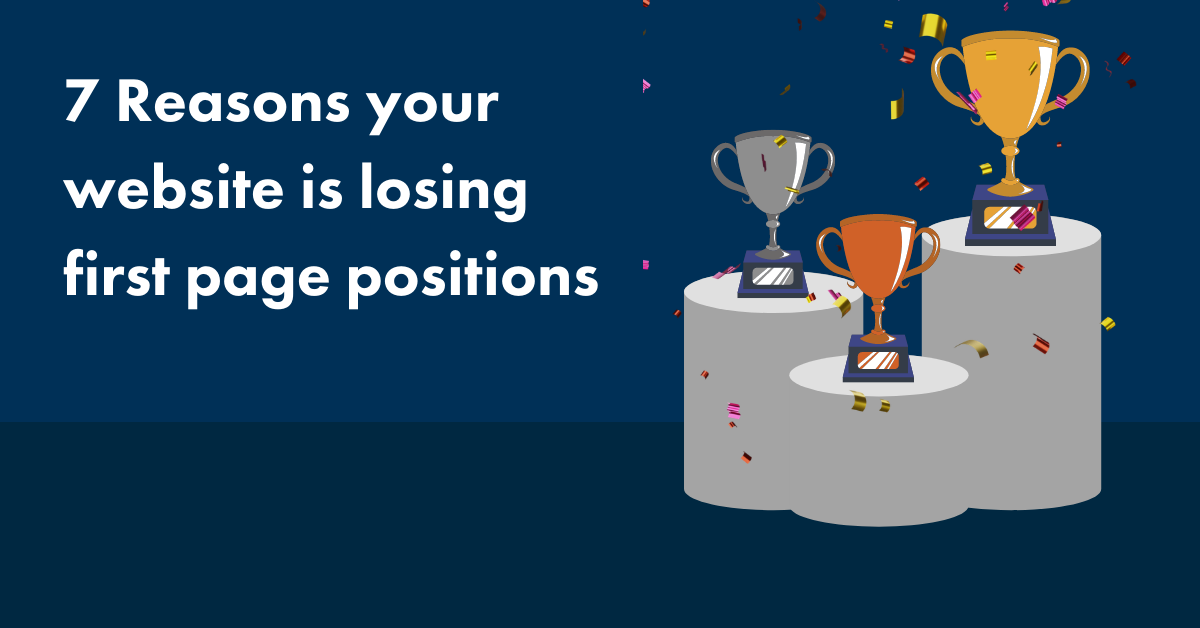How To Plan For A Website Redesign Project
Having worked at Intergage for 11 years in a business development role primarily focused on selling website redesign projects I am constantly reminded how difficult it can be for businesses to prioritise and plan a website redesign.
It is important you ask yourself the following questions before embarking on the project:
What challenges is the website looking to address?
Is the current website not converting visitors into leads? Is engagement via the existing website poor? Are you struggling to drive traffic to the website via organic search etc.?
What goals are in place to measure performance?
Sometimes I speak with companies who haven’t defined or quantified these goals – it is important you understand what success looks like before embarking on this journey.
What existing plans are in place to achieve these goals and what part will your website play in this process?
Typically there is no plan. Ask yourself the following types of questions. What did we do last year? What worked and what didn’t? What will you do differently this year? How will the website be promoted?
Who are our customers and what are their challenges?
This is outlined later in the blog, but it is imperative your customers can identify with their needs when landing on the website, navigating to relevant content quickly and easily without having to think. Consider how you will segment your audience - will it be by the sectors your business target, the decision makers you wish to engage with or the products and services you offer?
Does the business have a consolidated set of brand guidelines?
Again I am often surprised how many businesses present their brand and messaging in a disjointed way lacking consistency across all channels they use to engage with their audience – using different colours, fonts and messaging. This disconnect can be confusing for the customer and will not enable you to build lasting brand recognition in your market that resonates with your audience.
When does the new website need to go-live?
Nearly every project I have been involved in the past overruns and this is typically due to the fact our clients under-estimate the amount of work involved to produce copy, generate high-impact photography or video – most clients focus on design believing the content creation aspect will be easy.
It NEVER is – everyone has an exceptionally busy day job already and finding the time to generate content for a website redesign is a huge task. In my experience a typical website redesign takes between 12 – 16 weeks to complete, set a deadline and ring-fence time to work on your content during the first phase of the project, be pro-active!
Consequences
Ask yourself what the consequences of not investing the time, resources and money into redesigning a new website are?
What happens if you don’t hit your goals? How will this affect the business and if you do achieve your goals how will this impact the business?
Budget plays an important part in any decision, but by putting together a solid ROI argument focused on your goals will ensure you do not perceive the website redesign as a cost but as an investment. In a B2B market, you may need to only generate additional one or two enquiries for the website redesign to have paid for itself. Ask yourself if what you are currently investing in your marketing is working if it isn’t, maybe it is time to invest more in redesigning a website that yields better results.
Who will be the project manager?
A big trap a lot of businesses fall into is not assigning a dedicated project manager with authority to move things forward. Too often businesses decide by committee with many of the stakeholders too far removed from the project to understand the implications of making changes outside the brief. In some instances, it can be death by a thousand cuts with any initial ideas being diluted to such an extent that the impact is lost! Get buy-in from other senior members when agreeing on a brief and then leave it to your project manager to implement.
What language does your customer resonate with?
Remember a B2B website’s primary purpose is to support prospects and customers at whatever stage in the buying journey they may be at; use a language they understand and focus on the challenges and pain points your solution addresses – look to give value helping them find solutions that will solve their problems.
By putting your customer at the heart of the experience, you will ensure you get far better levels of engagement – too many websites use a language their customers don’t understand and are inwards pointing focused purely on their business and the bottom of the funnel when a prospect is in consideration or decision-making mode!
Try and own the buyer's journey by connecting with prospects at the top of the funnel when they are in research mode and are not fully aware of the best solution to overcome their challenges, by adding value and differentiating your business at this stage will yield better long-term results.





